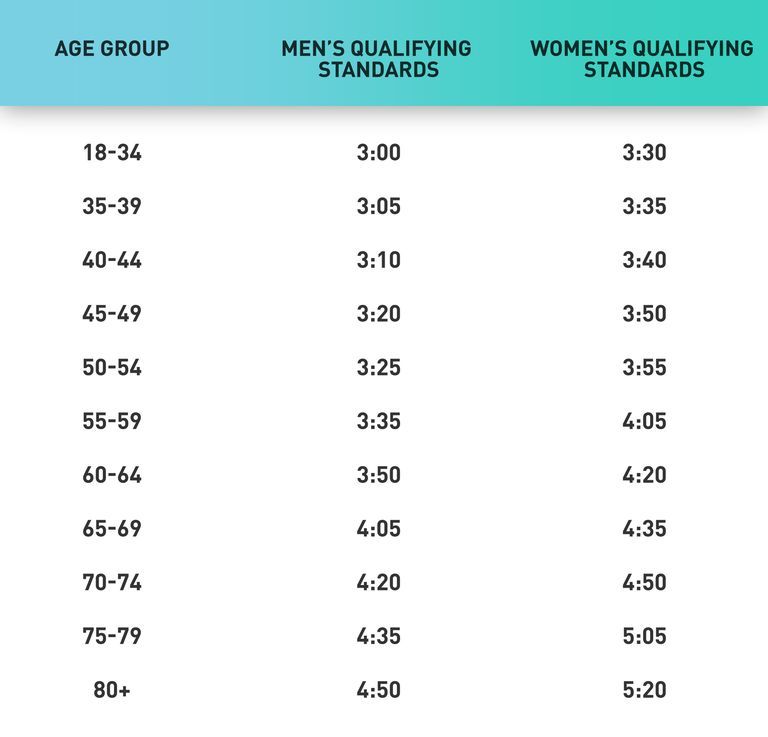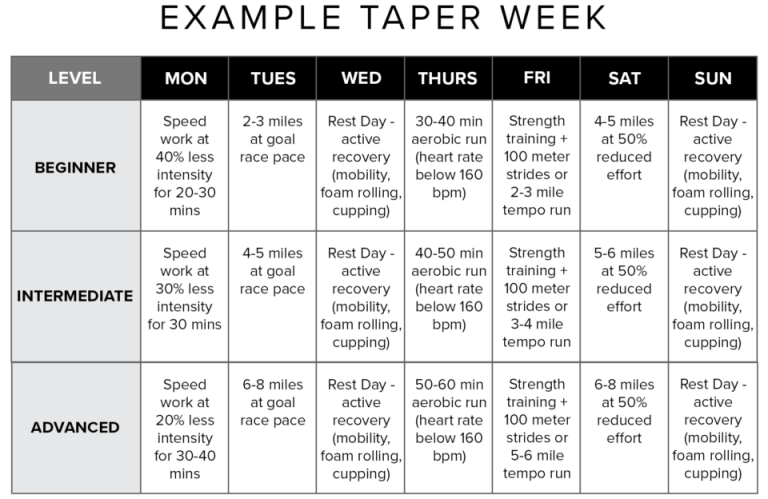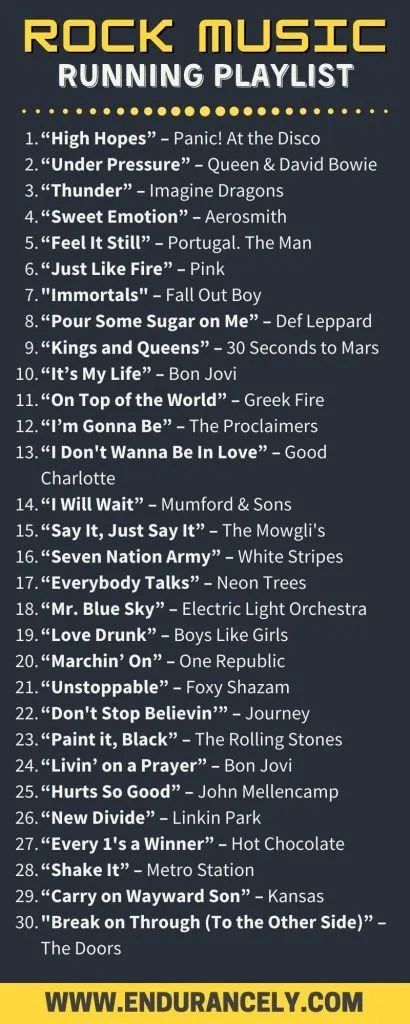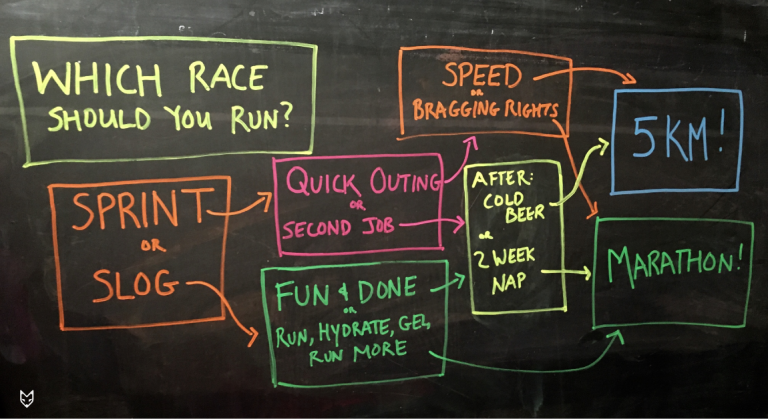How To Dry Running Shoes
To dry running shoes, remove insoles and laces, stuff with dry paper towels, and air dry near a fan. Keeping your running shoes dry is essential for maintaining their quality and longevity.
Whether you’ve been caught in the rain or just finished washing them, knowing how to properly dry your running shoes can prevent damage and keep them fresh for your next run. We’ll explore various methods and tips for effectively drying your running shoes so you can get back on the road quickly and comfortably.
By following these simple steps, you can ensure your favorite pair of running shoes stay in top condition and ready for your next workout. Let’s dive in and learn how to effectively dry your running shoes!
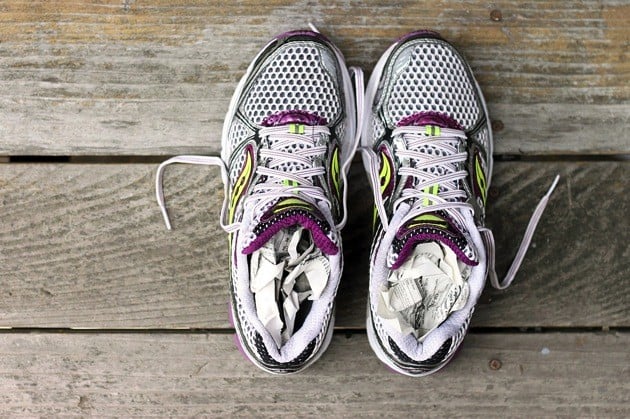
Credit: www.accordingtoelle.com
Why It’s Important To Dry Running Shoes
Drying your running shoes after a workout is crucial to maintain their performance and longevity. Moisture from sweat or wet conditions can lead to several issues that can affect both your comfort and the integrity of your shoes.
Preventing Odor Build-up
Proper drying of running shoes plays a significant role in preventing the accumulation of odor-causing bacteria. When moisture remains trapped in the shoes, it creates an ideal environment for bacteria to thrive, contributing to persistent unpleasant odors.
Preserving Shoe Integrity
Effective drying helps in preserving the structural integrity of your running shoes. Excessive moisture can lead to the weakening of materials and the development of mold, which can compromise the durability and support provided by the shoes.
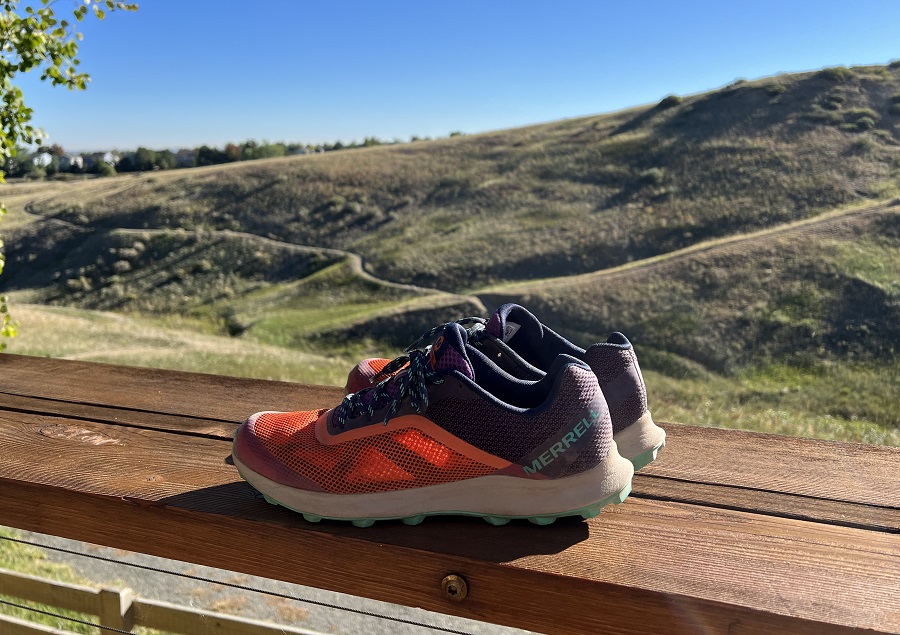
Credit: www.runtothefinish.com
Step-by-step Guide: How To Dry Running Shoes
Remove Excess Moisture
Take out the insoles and laces, then shake off any visible dirt or mud.
Stuff With Newspaper
Fill the shoes with crumpled newspaper to absorb remaining moisture effectively.
Use A Fan Or Ventilation
Place the shoes in a well-ventilated area or use a fan to speed up the drying process.
Avoid Direct Heat Sources
Avoid putting the shoes directly under sunlight or using a hairdryer as it can damage the material.
Allow Sufficient Drying Time
Let the shoes air dry naturally for 24-48 hours to ensure thorough drying.
Alternative Methods For Drying Running Shoes
Looking for alternative methods to dry your running shoes? Check out these creative solutions that will save you time and get your shoes ready for your next run.
Alternative Methods for Drying Running Shoes To dry running shoes effectively, consider alternative methods that can help speed up the process. These methods are Using a Shoe Dryer, Silica Gel Packets, and Sun-Drying. Using a Shoe Dryer Using a Shoe Dryer can help in quickly removing moisture from inside the shoes, preventing any potential odor or damage. Simply insert the shoe dryer into the shoes and let it work its magic. Silica Gel Packets Silica Gel Packets are another effective way to absorb moisture from running shoes. Place a few silica gel packets inside each shoe to help speed up the drying process. Sun-Drying Sun-drying your running shoes can be an effective and natural way to dry them. Place the shoes in a sunny spot outside, ensuring good airflow to help them dry out quickly. By utilizing these alternative methods, you can ensure your running shoes are dried efficiently for your next run.Tips For Maintaining Dry Running Shoes
When it comes to running, one of the key elements to a comfortable and enjoyable run is having dry shoes. Wet running shoes not only lead to discomfort and blisters but can also cause the growth of bacteria and fungi, leading to unpleasant odors and potential damage to the shoes. Here are some essential tips for maintaining dry running shoes.
Use Moisture-wicking Socks
Making sure your feet stay dry during a run is essential for keeping your shoes dry. Invest in moisture-wicking socks that draw sweat away from your feet to the outer surface of the fabric where it can evaporate more easily. Avoid cotton socks, as they tend to retain moisture and can lead to wet shoes.
Rotate Your Shoes
Rotating your running shoes allows each pair to fully dry out between runs. If your shoes get wet during a run, it’s important to let them air out and completely dry before wearing them again. Alternating between two or more pairs of running shoes helps to prolong the lifespan of each pair and keeps them dry and fresh.
Store In A Well-ventilated Area
After a run, remove the insoles and loosen the laces to allow airflow inside the shoes. Store your running shoes in a well-ventilated area away from direct heat sources, as excessive heat can damage the materials. Allowing your shoes to air out in a dry, well-ventilated space helps to prevent moisture buildup and the development of unpleasant odors.
Signs Of Damage And When To Replace Running Shoes
Knowing when to replace your running shoes is crucial for maintaining optimal performance and preventing injuries. Over time, running shoes can undergo wear and tear, leading to a loss of cushioning, support, and overall effectiveness. In this section, we will discuss two key signs of damage that indicate it may be time to replace your running shoes: excessive wear and tear and loss of cushioning and support.
Excessive Wear And Tear
Excessive wear and tear is one of the telltale signs that your running shoes are due for a replacement. As you log miles and tackle various terrains, your shoes experience stress and strain. They are exposed to harsh weather conditions, uneven surfaces, and repetitive movements, all of which contribute to wear and tear. Here are some indicators that your running shoes have endured excessive wear:
- Worn-out outsoles: Inspect the bottom of your shoes for signs of worn tread patterns or smooth spots. If the outsole has lost its grip and traction, it is a clear sign that your shoes have exhausted their life span.
- Torn or frayed uppers: Check the upper portion of your shoes for any visible tears, fraying, or holes. Defects in the upper can compromise the structural integrity of the shoe and hinder its ability to support your feet properly.
- Loose or worn laces: Pay attention to the condition of your shoelaces. If they are frayed, stretched, or no longer stay securely tied, it may be a sign that your shoes have endured excessive wear.
It is important to note that wear and tear are normal parts of a running shoe’s lifespan. However, if these signs are severe or negatively impacting your comfort and performance, it is time to invest in a new pair.
Loss Of Cushioning And Support
Cushioning and support are essential components of a good pair of running shoes. They absorb impact, help prevent injuries, and provide comfort throughout your run. However, as you put more miles on your shoes, the cushioning and support they initially offered may start to diminish. Here are some signs that indicate a loss of cushioning and support:
- Flattened midsoles: Examine the midsole of your shoes, which is the layer between the outsole and the upper. If you notice that the midsole has become compressed, flattened, or lacks the original cushioning, it indicates that the shoe may no longer be providing adequate support for your feet.
- Increased discomfort or pain: If you’ve started experiencing new discomfort or pain in your feet, ankles, knees, or hips, it could be a sign that your shoes are no longer providing sufficient cushioning and support. Don’t ignore these warning signs as they may lead to more serious injuries if you continue to wear worn-out shoes.
Regularly checking your running shoes for these signs of damage can help you avoid potential injuries and ensure optimal performance. Remember, investing in a new pair of running shoes is an investment in your comfort, safety, and running experience.

Credit: runhive.com
Frequently Asked Questions On How To Dry Running Shoes
How To Dry Running Shoes After They Get Wet?
To dry wet running shoes, remove the shoelaces and insoles, stuff them with newspaper, and allow them to air dry naturally.
Can I Use A Hairdryer To Dry My Running Shoes?
It’s not recommended to use a hairdryer as it may cause damage. It’s best to let them air dry naturally.
How Long Does It Take For Running Shoes To Dry?
The drying time varies depending on the level of wetness, but typically it takes around 12-24 hours for running shoes to completely dry.
Conclusion
Drying your running shoes properly is essential to maintain their quality and longevity. By following the steps outlined in this blog post, you can effectively remove moisture and prevent odors, thus extending the life of your favorite pair of running shoes.
Proper care and maintenance will ensure that they continue to provide you with comfort and support throughout your runs.


